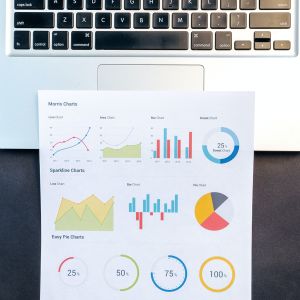
The Australian unemployment rate saw a sharp increase in July, further fueling speculations that the Reserve Bank of Australia (RBA) has reached the peak in interest rates. The rate rose by 0.2 percentage points to 3.7%, surpassing the expected rise of 3.6%, as reported by the Australian Bureau of Statistics.
This latest data on employment follows recent reports suggesting that wages are not growing as quickly as expected, and inflation has cooled down faster than anticipated in the second quarter. Combined with concerns about China's economic slowdown, which has a significant impact on Australia's raw material exports, cracks are starting to appear in the employment landscape.
Matt Simpson, senior market analyst at City Index, commented on the situation: "Cracks are finally appearing in the employment data, and that should clear up any doubt over whether the RBA is done hiking. They are done, with persistently weak data from China and easing from the PBOC adding to the case of a peak rate. It's still too soon to discuss cuts though, but mortgage holders should feel some relief."
The RBA has refrained from further interest rate increases in the past two months after implementing a record 400 basis points of rate hikes in the past year. The central bank has recently emphasized its careful monitoring of economic data to determine whether additional increases are necessary.
The decline in full-time employment by 24,200 in July indicates a noticeable easing in demand for workers. Overall employment also saw a decline of 14,600, significantly weaker than the average monthly increase of around 42,000 seen in the first half of the year, according to the ABS.
These employment figures align with recent statements by RBA Gov. Philip Lowe, who believes that household budgets have endured the worst and that the hardships resulting from soaring living costs and a substantial increase in mortgage repayments since the beginning of 2022 are now receding.





Post a comment